The active volcano in Indonesia – the Luhon volcano began to be active. This volcano is located in the northeast direction of Sulawesi Island in Indonesia and south of Mindanao in the Philippines. Since April 16th, the Luhon volcano has begun to emit steam, and the local residents near the volcano were urgently evacuated, while local residents were also prohibited from moving within a 4-kilometer radius near the volcano crater.
Later, at around 0:00 on April 17th, the Luhon volcano experienced a second eruption. In addition to steam, magma and smoke began to appear, and local volcanic ash rain also began to fall, and communications became unstable; at around 8:10 p.m. on April 17th, the Luhon volcano experienced the largest violent eruption in recent years, with a large amount of smoke and dust being violently ejected to a height of 19 kilometers in the air, and a huge volcanic smoke cloud rose into the sky, which can be clearly seen on the satellite cloud map. Based on the available data analysis, this Luhon volcano eruption may have reached VEI4 level, which is the largest volcanic eruption since the Tonga volcano eruption in 2022.
Volcano eruptions are one of the forms of intense release of earth’s energy, often causing changes in terrain and landforms, causing earthquakes and tsunamis, and releasing a large amount of volcanic ash into the atmosphere, which has a serious impact on human production and life. In 1815, the Tambora volcano in Indonesia experienced a VEI7-level eruption, releasing a large amount of volcanic ash into the atmosphere, causing a change in the earth’s climate, and a rare cool summer appeared in the northern hemisphere in 1816, which was called the “year without summer”.
In 2022, the Tonga volcano experienced a VEI6-level eruption. Although it was an underwater volcano eruption, the huge smoke cloud still rose into the stratosphere and penetrated deep into the stratosphere. The ejected object had a volume of 16 cubic kilometers, and the shock wave spread throughout the world and was captured by meteorological satellites. The global ground air pressure was also affected by the volcano, and the tsunami caused by the volcano swept across the entire Pacific Ocean, and Peru, Japan, the United States, etc. were all affected.
However, as of the evening of April 17th, the eruption of the Luhon volcano is far smaller than that of the Tonga volcano and the Tambora volcano, and its impact on the global climate should be relatively small. However, the eruption of the Luhon volcano has not yet ended, whether it will have a larger eruption is worth continuing to observe; the geological changes caused by its eruption this time may also need to be closely watched, especially the earthquakes and tsunamis that it may cause.
At the same time as the large eruption of the Luhon volcano, at around 10:17 p.m. on April 17th, a 6.5-magnitude earthquake occurred in southwestern Japan. From the current situation, there is no direct relationship between theIndonesian volcano eruption and the Japanese earthquake, but both the volcano and the earthquake epicenter are on the circum-Pacific seismic belt.






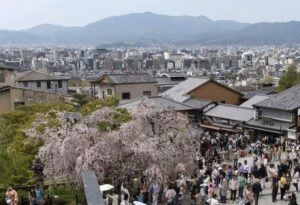
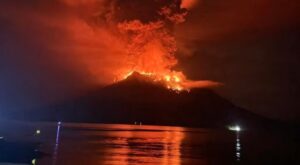
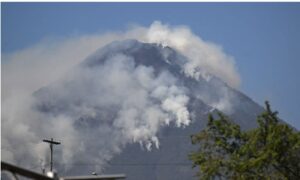
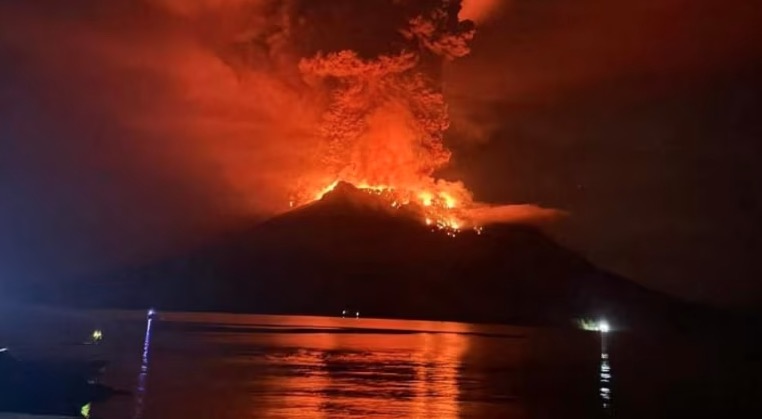


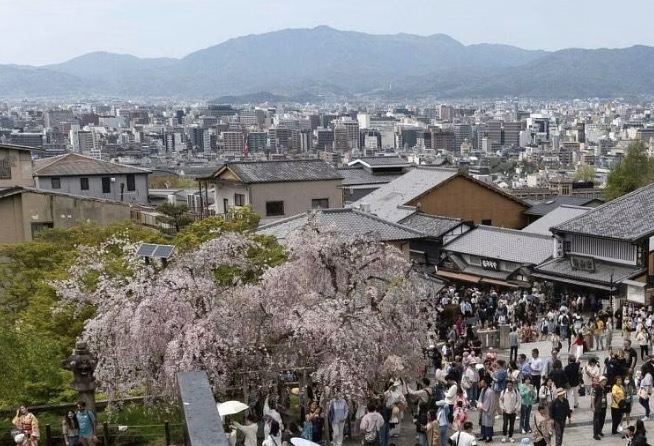




+ There are no comments
Add yours